Blue Arrow Juniper
Description
About the Blue Arrow Juniper Tree
The Blue Arrow Juniper Tree, scientifically known as Juniperus scopulorum ‘Blue Arrow,’ is a magnificent evergreen prized for its striking appearance and versatility in landscaping. Standing tall with a mature height of 12-15 feet and maintaining a slim width of 2-3 feet, this tree boasts dense, silver-blue foliage that remains vibrant throughout the year.
Its narrow, upright form makes it an exceptional choice for creating privacy screens, framing entrances, or as a focal point in smaller gardens. The tree produces silvery blue berries from late spring to winter, adding further interest and attracting birds to your outdoor space.
How to Grow the Blue Arrow Juniper Tree
The Blue Arrow Juniper thrives in full sun exposure, requiring at least 6-7 hours of direct sunlight daily. It is adaptable to various soil types, including poor, sandy, or rocky soils, and is exceptionally drought-resistant once established. This low-maintenance tree has a moderate growth rate, typically adding 12-18 inches in height per year, and requires minimal pruning to maintain its tight, narrow profile throughout its life.
Ideal for low-water gardens, formal Mediterranean landscapes, xeric gardens, or as part of a collection of decorative evergreens, the Blue Arrow Juniper is a resilient and attractive addition to any outdoor space. Whether used as a colorful privacy screen, a vertical accent, or in containers, this tree exudes charm and sophistication while offering year-round beauty in your landscape.
Average growth rate: 12-18" per year
Characteristics
| Hardiness Zone Range | 4 - 9 |
| Shade/Sun | Full Sun |
| Soil Composition | Loamy |
| Soil Moisture | Well Drained |
| Soil pH Level | 6.0 - 7.5 |
Zone Compatibility
Tools & Supplies
Planting & Care
Learn all about how to grow evergreens in The Growing Guide. An entire section of our website dedicated to your growing success.
Questions & Answers
As for all coniferous trees, juniper should be potted in unglazed bonsai pots.
Bagworms feed on most coniferous plants and on many deciduous trees and shrubs. Common evergreen hosts include juniper, arborvitae, spruce, and pine. The earliest signs of bagworm injury in evergreens are brown or stressed needles at the tips of branches.
No as Blueberries require acidic soil with a ph of 4.5-5.5 and the Juniper requires soil ph of 6-7
This variety is not juglone resistant

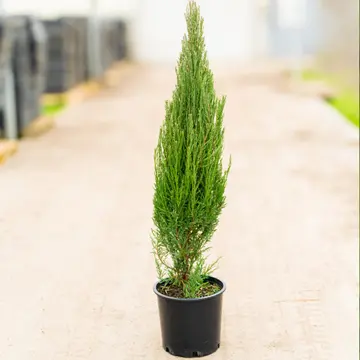

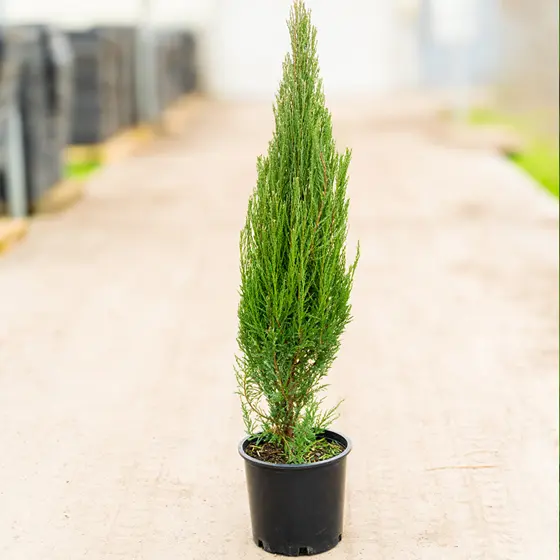
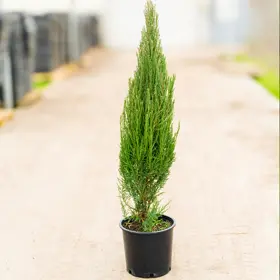
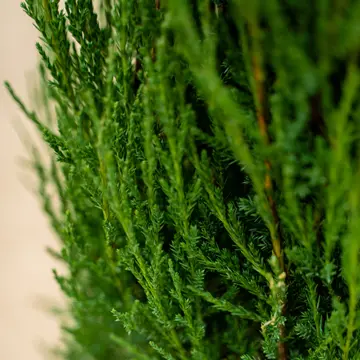
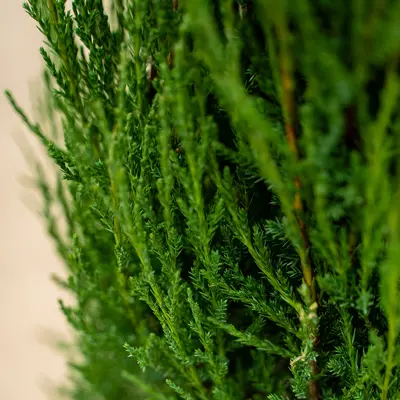
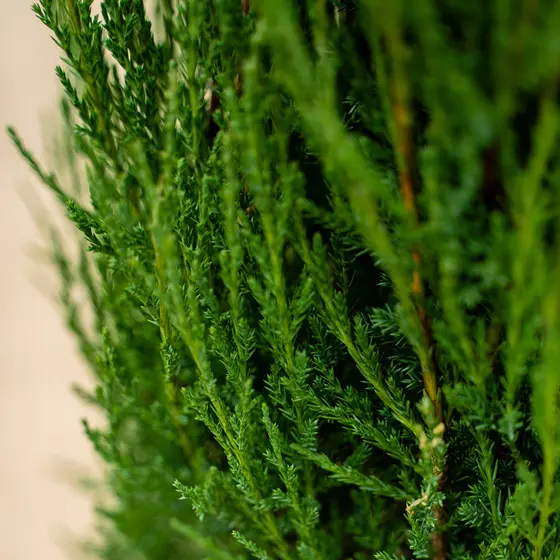
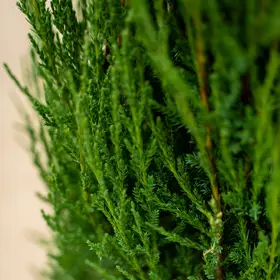


My husband and I chose the Blue Arrow Juniper to create some privacy around our pool. We have a narrow space to plant and these Junipers fit the bill!